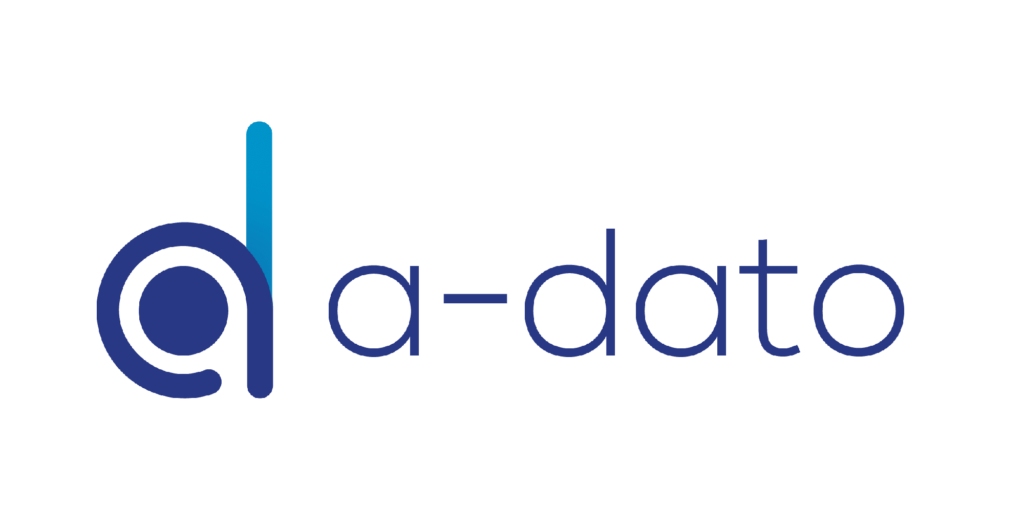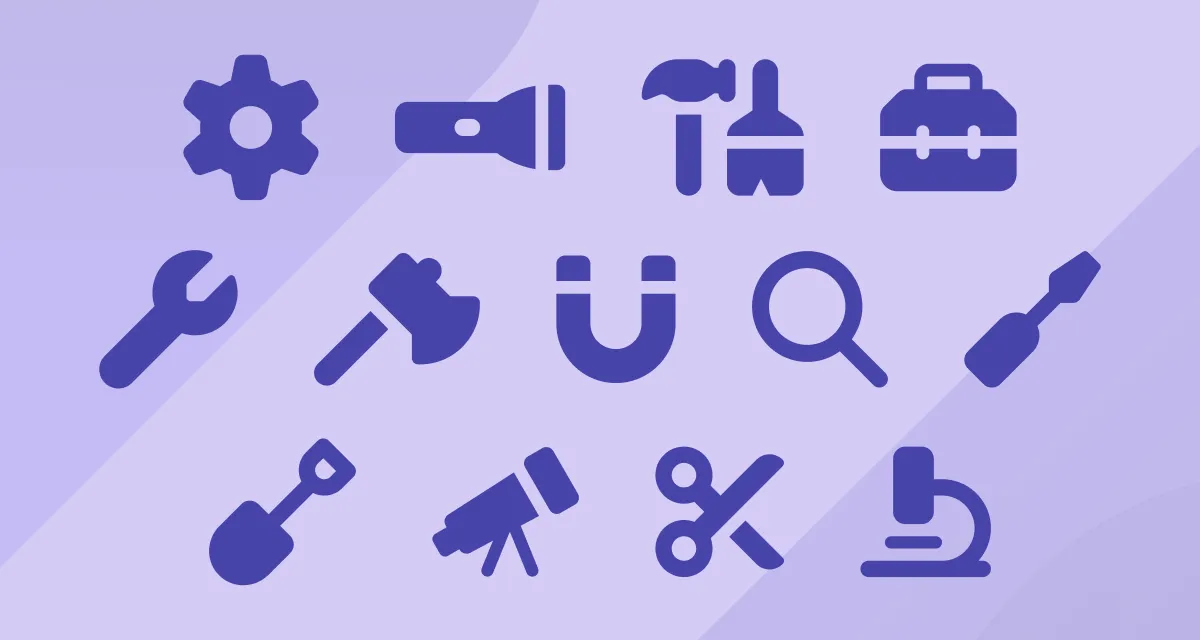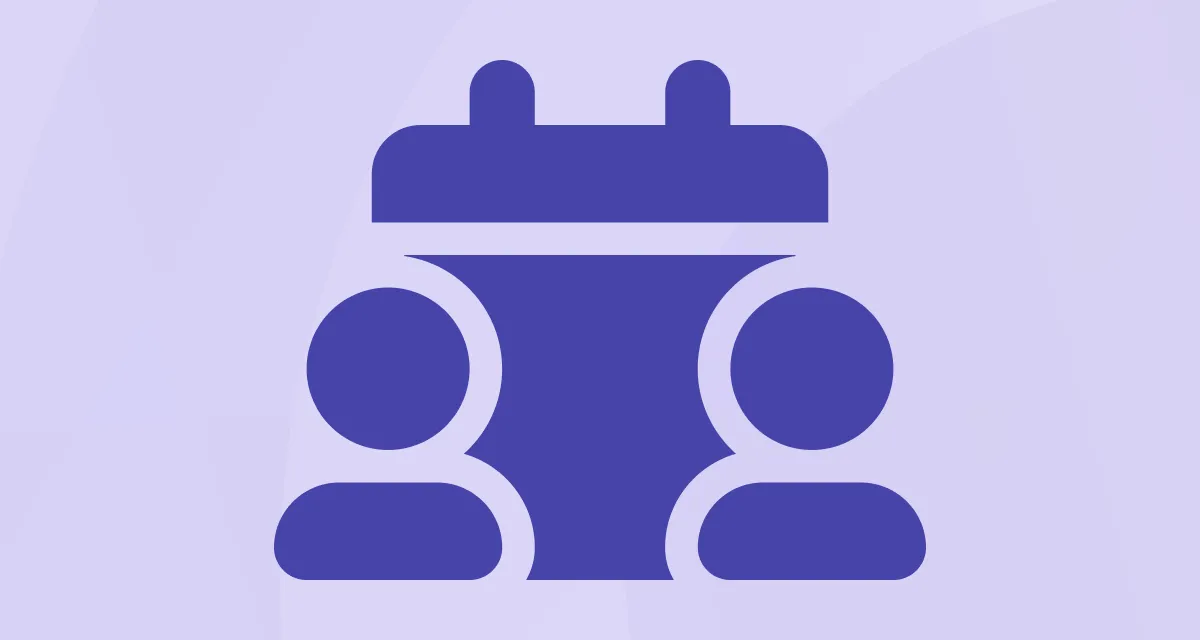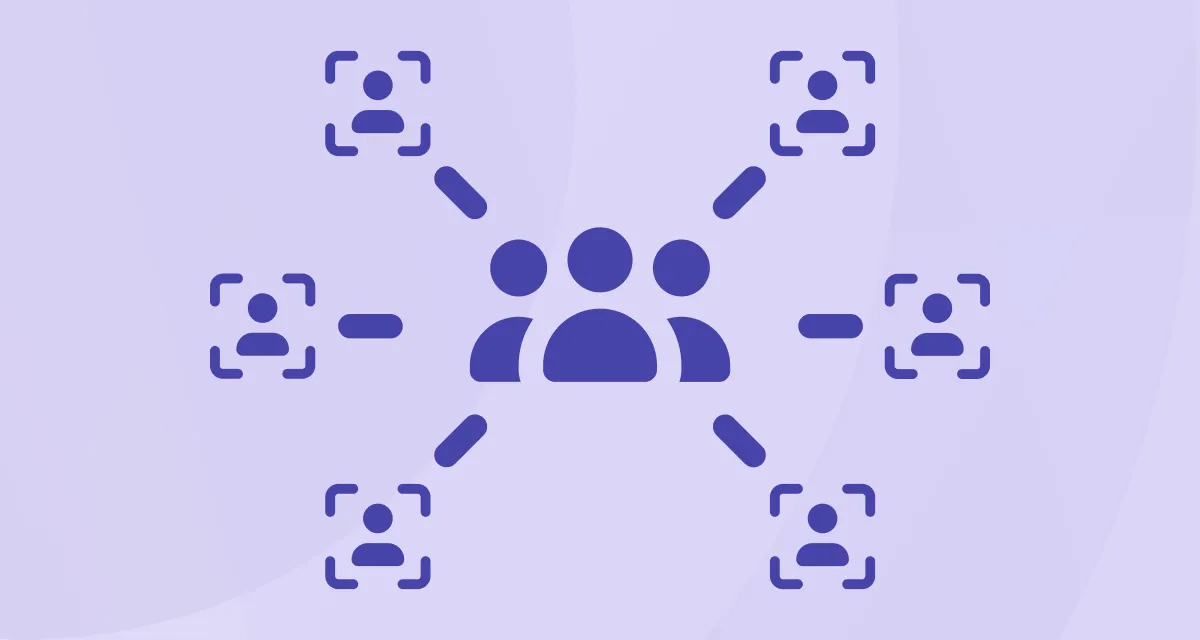In today’s fast-paced and complex business landscape, relying on a single project management methodology can often feel like trying to fit a square peg into a round hole. While traditional Waterfall offers structure and Agile champions flexibility, neither is a one-size-fits-all answer. This is where hybrid project management steps in, offering a pragmatic blend that leverages the strengths of both approaches.
A hybrid solution isn’t just a trend; it’s a strategic response to the evolving demands of projects and organizations. But how do you know if it’s the right fit for your team? This blog post will explore five clear signs that indicate your organization could significantly benefit from adopting a hybrid project management approach.
Contents
- What is Hybrid Project Management?
- The Limitations of Pure Approaches
- 5 Signs You Need a Hybrid Project Management Solution
- Sign 1: Your Projects Demand Both Structure and Flexibility
- Sign 2: Requirements Are Clear Initially, But Evolve Over Time
- Sign 3: You’re Managing Diverse Teams and Complex Stakeholder Needs
- Sign 4: Pure Agile or Waterfall Is Causing Frustration or Failure
- Sign 5: Your Organization Seeks Strategic Agility and Better Risk Management
- Benefits of a Hybrid Approach
- Conclusion
- Sources
1. What is Hybrid Project Management?
At its core, hybrid project management is a tailored approach that combines elements of predictive (Waterfall) and iterative (Agile) methodologies. It’s about getting the “best of both worlds” by strategically applying the right method to the right part of a project.
Commonly, this involves using the structured, sequential phases of Waterfall for upfront planning, requirements gathering, and design, especially for elements that are well-defined or have compliance requirements. Meanwhile, Agile’s iterative sprints, daily stand-ups, and continuous feedback loops are employed for development, execution, and areas where requirements are likely to evolve rapidly.
Key components often include:
- Structured Planning: For long-term roadmaps, fixed timelines, and high-level milestones.
- Iterative Development: For rapid prototyping, frequent releases, and adapting to feedback.
- Defined Phases: Customizing project phases to integrate different methodologies seamlessly.
- Clear Communication Plans: Ensuring alignment across teams using varied approaches.
2. The Limitations of Pure Approaches
Before diving into the signs, it’s crucial to understand the inherent limitations that often push organizations toward a hybrid model:
Pure Waterfall Limitations:
- Lack of Flexibility: Difficult to adjust to changes once a phase is complete.
- Late Issue Detection: Problems often aren’t discovered until late in the project lifecycle, leading to costly rework.
- Limited Stakeholder Involvement: Client feedback is typically only sought at the end of phases.
- Requires Perfect Initial Requirements: Any deviation can derail the project.
Pure Agile Limitations:
- Less Predictability: Can make long-term planning, budgeting, and fixed deadlines challenging.
- Limited Documentation: Can be insufficient for highly regulated industries or complex, long-term maintenance.
- Scope Creep (Uncontrolled): Without clear boundaries, features can continually be added.
- Difficult for Large, Dispersed Teams: Requires high levels of self-organization and communication.
When these limitations start to hinder your project success, it’s a strong indicator that a more adaptable solution is needed.
3. 5 Signs You Need a Hybrid Project Management Solution
Sign 1: Your Projects Demand Both Structure and Flexibility
Many modern projects aren’t purely predictable or entirely uncertain. They often have elements that require rigid adherence to a plan (e.g., infrastructure setup, regulatory compliance, hardware development) and other elements that benefit from iterative development (e.g., user interface design, software feature development, marketing content).
- Indicator: You find yourself struggling to impose structure on highly creative or rapidly changing tasks, or your flexible teams are bogged down by excessive documentation and rigid processes for routine tasks.
- Hybrid Solution: A hybrid approach allows you to use Waterfall for the stable, well-defined parts and Agile for the dynamic, evolving components. This provides the necessary control where precision is paramount and the agility where innovation and adaptation are key.
Sign 2: Requirements Are Clear Initially, But Evolve Over Time
It’s common for projects to start with a well-defined scope and set of requirements, but as the project progresses, market conditions change, new technologies emerge, or stakeholder feedback necessitates adjustments. Trying to force evolving requirements into a fixed Waterfall plan, or conversely, having no initial scope in a purely Agile setup for a large-scale project, can lead to chaos.
- Indicator: Your initial project specifications are comprehensive, but mid-project scope changes are frequent and disruptive. You’re constantly rebaselining or experiencing stakeholder dissatisfaction due to a lack of adaptability.
- Hybrid Solution: You can use a Waterfall-like approach for the initial discovery, planning, and defining the overall project framework. Then, switch to Agile sprints for development and iterative delivery, allowing for continuous feedback and integration of new requirements without derailing the entire project.
Sign 3: You’re Managing Diverse Teams and Complex Stakeholder Needs
Modern projects often involve cross-functional teams, external vendors, and a wide array of stakeholders, each with their own preferred ways of working, communication styles, and needs for information. Some stakeholders might demand detailed upfront reports and fixed timelines, while others prefer regular, informal updates and the ability to provide feedback frequently.
- Indicator: You’re struggling to reconcile the need for detailed, formal reporting (for executives or regulators) with the desire for rapid, iterative feedback (from development teams or end-users). Different teams within the same project have vastly different workflows.
- Hybrid Solution: Hybrid allows you to cater to these diverse needs. For example, project managers can use Waterfall tools for high-level roadmaps and reports for executive stakeholders, while development teams can use Agile boards and daily stand-ups for their iterative work, providing the specific updates required by their immediate collaborators.
Sign 4: Pure Agile or Waterfall Is Causing Frustration or Failure
If your organization has exclusively adopted one methodology and is experiencing persistent challenges – such as budget overruns, missed deadlines, poor quality, or team burnout – it’s a clear sign that the current approach isn’t working optimally for all your projects. “Agile transformation fatigue” is a real phenomenon where organizations find a complete Agile overhaul too disruptive.
- Indicator: Your Waterfall projects are too slow to react to market changes, or your Agile projects lack the necessary long-term vision, documentation, or financial controls. Teams are expressing dissatisfaction with the rigidity or the perceived lack of direction.
- Hybrid Solution: By selectively integrating elements from both, you can address the specific pain points. For instance, if Agile projects lack structure, incorporate some Waterfall planning elements. If Waterfall projects are too rigid, introduce iterative cycles for specific deliverables.
Sign 5: Your Organization Seeks Strategic Agility and Better Risk Management
In a volatile, uncertain, complex, and ambiguous (VUCA) world, organizations need to be strategically agile, capable of quickly pivoting and responding to unforeseen challenges and opportunities. Effective risk management is crucial, and a purely linear or purely iterative approach might not provide the optimal balance.
- Indicator: Your projects frequently encounter unexpected risks that are hard to mitigate with your current methodology, or your organization struggles to adapt its project portfolio in response to market shifts.
- Hybrid Solution: The structured upfront planning of Waterfall can identify major risks early, while the iterative nature of Agile allows for continuous risk assessment, rapid prototyping, and quick adjustments, minimizing the impact of unforeseen issues. This blend leads to a more robust and adaptable project management framework, fostering overall strategic agility.
Benefits of a Hybrid Approach
Adopting a hybrid project management solution offers numerous advantages:
- Optimized Resource Utilization: Better allocation of resources based on the specific needs of each project phase.
- Enhanced Collaboration: Facilitates better communication and understanding between diverse teams and stakeholders.
- Improved Risk Management: Combines early risk identification with continuous mitigation.
- Increased Project Success Rates: By leveraging the best of both worlds, projects are more likely to meet their objectives.
- Greater Strategic Agility: Enables organizations to respond effectively to market changes and competitive pressures.
- Scalability: Can be tailored to projects of varying sizes and complexities.
- Balanced Budgeting: Allows for more predictable long-term financial planning while accommodating flexibility in execution.
Conclusion
Hybrid project management isn’t a silver bullet, but it offers a powerful and flexible alternative for organizations navigating increasingly complex project landscapes. If you recognize these five signs within your own projects or organization, it might be time to explore how a tailored blend of Waterfall and Agile could unlock greater efficiency, adaptability, and success.
Sources
- Bakkah. “Hybrid Project Management.” https://bakkah.com/hybrid-project-management
- Half Double Institute. “Is Hybrid Project Management the Future?” https://halfdoubleinstitute.org/is-hybrid-project-management-the-future/
- OpenProject. “Hybrid Project Management.” https://www.openproject.org/docs/project-management-guide/agile-waterfall/hybrid-project-management/
- Planview. “What are the advantages and disadvantages of Agile Methodology?” https://www.planview.com/resources/articles/advantages-disadvantages-agile/
- Project Management Academy. “Hybrid Project Management.” https://projectmanagementacademy.net/resources/articles/what-is-hybrid-project-management
- ProProfs Project. “Hybrid Project Management: A Blend of Agile and Waterfall.” https://www.proprofsproject.com/blog/hybrid-project-management/
- ResearchGate. “A Systematic Literature Review of Hybrid Project Management.” https://www.researchgate.net/publication/355325859_A_Systematic_Literature_Review_of_Hybrid_Project_Management
- Smartsheet. “What is Hybrid Project Management?” https://www.smartsheet.com/content/what-hybrid-project-management
- The Persimmon Group. “What is Hybrid Project Management?” https://persimmongroup.com/what-is-hybrid-project-management/
- Withum. “Waterfall vs. Agile: Which Project Management Methodology is Right for You?” https://www.withum.com/resources/waterfall-vs-agile/











